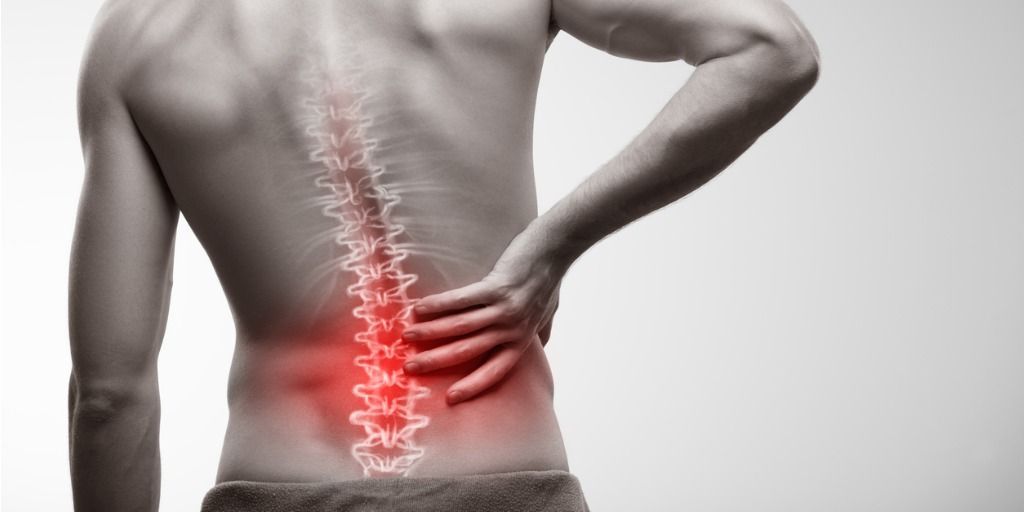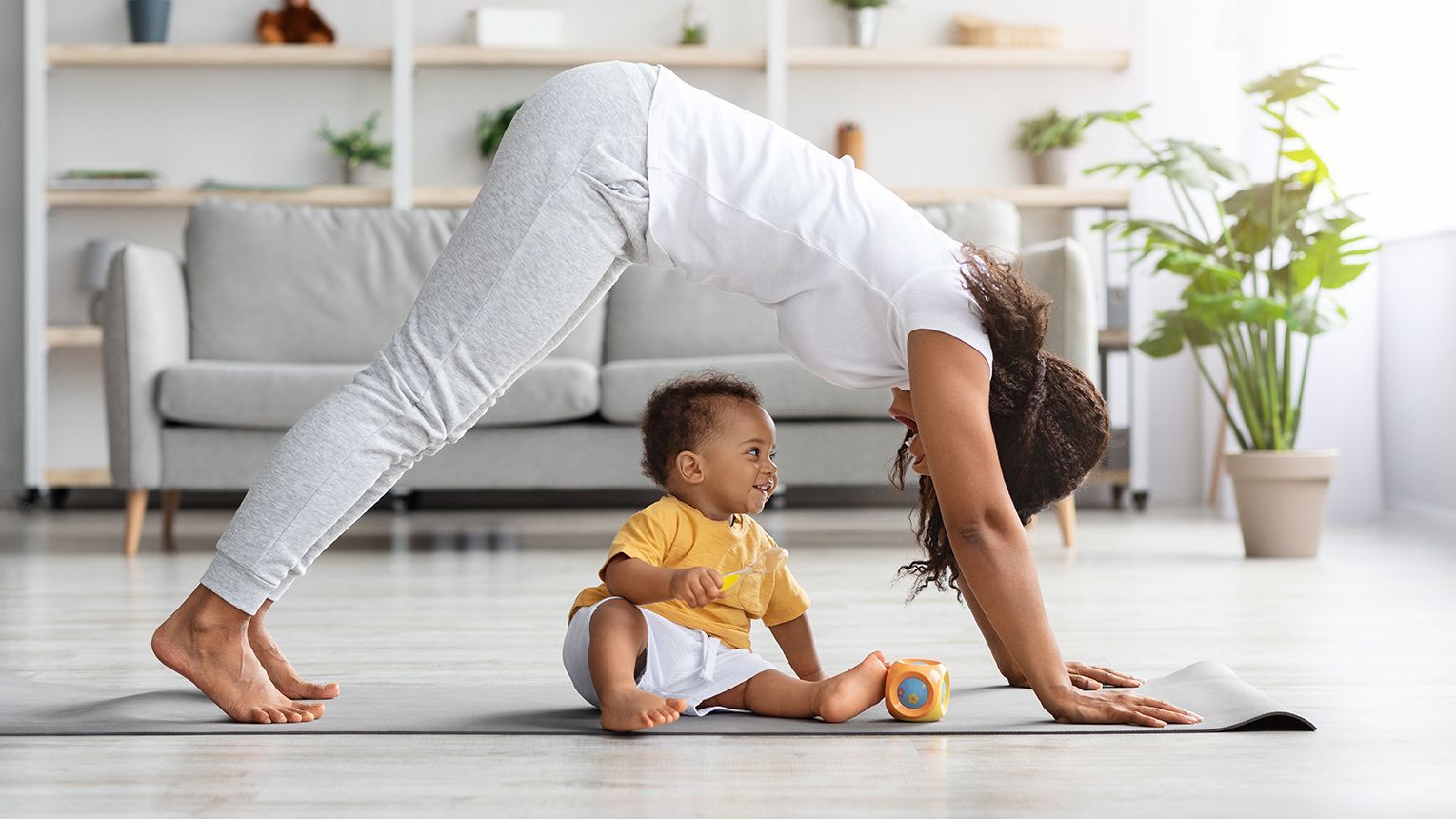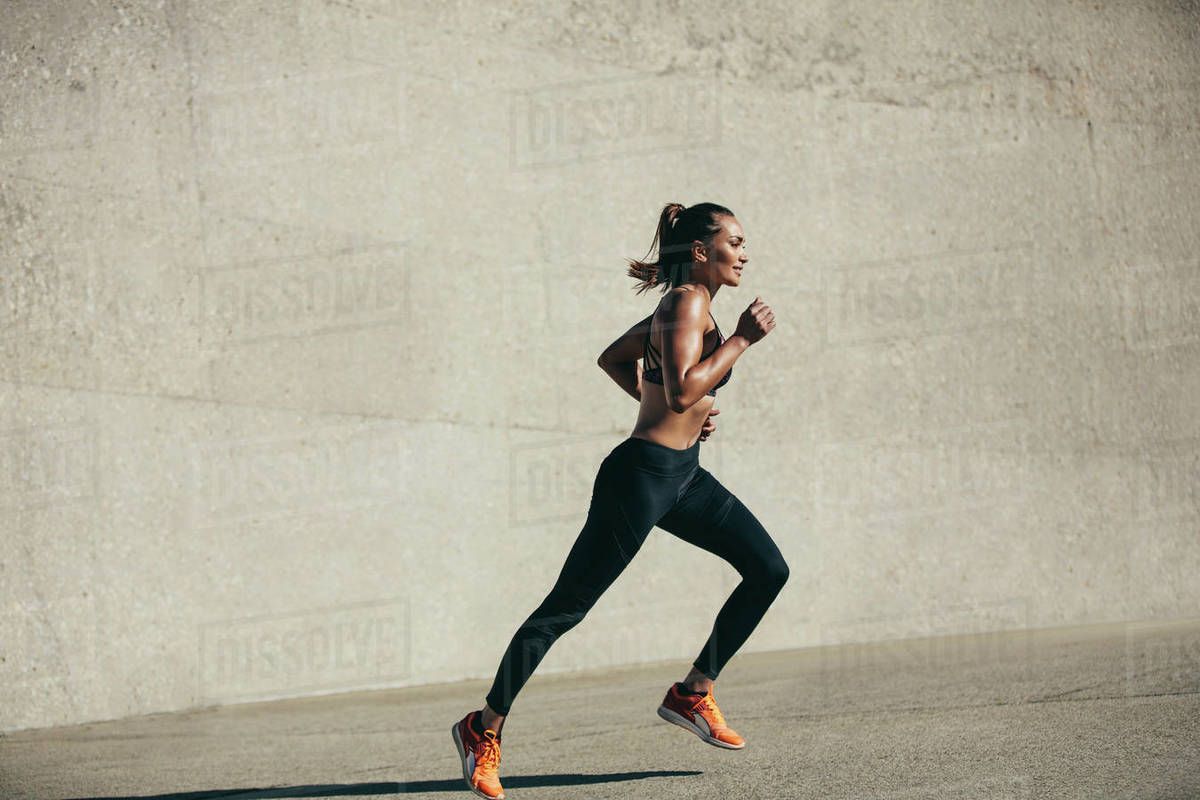Swimming tips on controlling breathing
It sounds funny but learning to breath properly is often the first major improvement in new swimmers looking to be more competitive. Mastering this challenge will set you up to progress further into the world of ocean swimming as well as making you a force to be reckoned with.
Firstly, good swimming posture is vital. The ideal swimming posture is eyes mostly pointed down with a very slight tilt up, hips towards the surface of the water and feet just below the surface with small fast kicks. An optimal swimmer will be able to maintain this posture throughout the event.
Below are some further steps you can take to improve your breathe control in the water:
1. Start all swims lowering your stress and anxiety. This may include breathing before getting in the water, writing a journal or even going for a walk. This step will help reduce your heart rate and make you feel more comfortable in the water.
2. Breathe every 2 strokes. But why not breathe every 3 or 4 or 5 strokes? Well after about 30-60 seconds our body switches from the anaerobic energy system to the aerobic energy system. This means that after this time, the body needs more oxygen to produce energy and therefore breathing more can potentially give you better energy production, so you have more power to push your arms and kick your feet.
3. It is a common myth that we breath from an urge to have oxygen. When we breath, carbon dioxide is produced as a waste product. The body senses this build up and creates an urge to exhale and inhale for ‘fresh air’. This is commonly known as the CO2 reflex. Moral of the story? Don’t hold your breath!
4. Following from point #3 holding your breath while your head is under water is a waste of time. Instead, try to exhale constantly whilst you are face down, and thus when you turn your head to catch a breath all you must do is breathe in for a split second whilst continuing your stroke. This can significantly increase your speed as you will need less time with your mouth out of the water and can therefore speed up your stroke pace. When first learning this, it can be helpful to think ‘breath In, Out, In, Out.’
5. Lastly, you don’t want to lift your head when you go to breathe. Ideally, you will rotate your head to the side just until your mouth is clear of the water to breathe. This will keep your body better aligned in the water and increase your streamline speed.
Most importantly, just like everything else worth doing in life practice makes perfect. So, Practice. Practice. Practice.
Cameron McRae
Workers Compensation Specialist (AEP, ESSAM)
Exercise Rehabilitation Services ‑ WA
References
Gaal, M., n.d. Proper Breathing Technique for Swimming. ACTIVE.com. Available at: <https://www.active.com/triathlon/articles/proper-breathing-technique-for-swimming-875008> [Accessed 11 November 2021].
Dawson-Cook, S., 2016. Don’t Hold Your Breath. Usms.org. Available at: <https://www.usms.org/fitness-and-training/articles-and-videos/articles/dont-hold-your-breath?Oldid=3250> [Accessed 11 November 2021].
Riewald, S. and Rodeo, S., 2015. Science of swimming faster. Human Kinetics.




